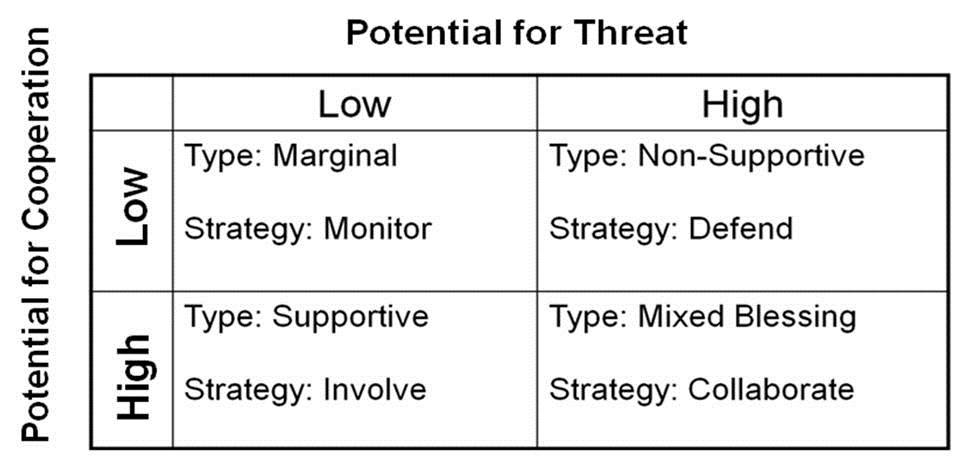

According to PMBOKGuide, scope creep is defined as the uncontrolled expansion to product or project scope without adjustments to time, cost, and resources. But the most common result of unmanaged changes in requirements is scope creep. At least, they can result in a certain amount of rework. The bad thing about changing requirements is not that they are possible, but that they can become uncontrolled and lead to project failure in the end. So, project managers should be aware of what these changes lead to and be ready to manage them. Actually, making some changes is inevitable as customer needs may change over time, and the delivered project is expected to meet their needs. if it’s an IT project, they may simply lack the expertise to understand the technology and functionality of a system. The same can be said about stakeholders, as they sometimes don’t know what stands behind the project implementation: e.g. Also, they often don’t understand what consequences for the whole project their changes may have, and what it takes for the project team to implement them. As for clients, they sometimes don’t know what exactly they want at the very beginning and may come up with better ideas afterwards. They mostly come from customers and stakeholders.
#Stakeholder requirements in project management how to#
What happens when clients or stakeholders repeatedly decide to change something after the team has already started work on a project and how to get this situation under control? Changing Requirements: Who, Why and What Does It Result In?Ĭhanging requirements are a common phenomenon in the project lifecycle that can become a real obstacle to a project’s success. However, clear requirements are the key to a project’s success: according to the Project Management Institute, almost a half of unsuccessful projects fail to meet goals due to poor requirements management. Successful project implementation depends on a number of components that are important and interrelated. Changing requirements is what project managers often have to deal with.


 0 kommentar(er)
0 kommentar(er)
